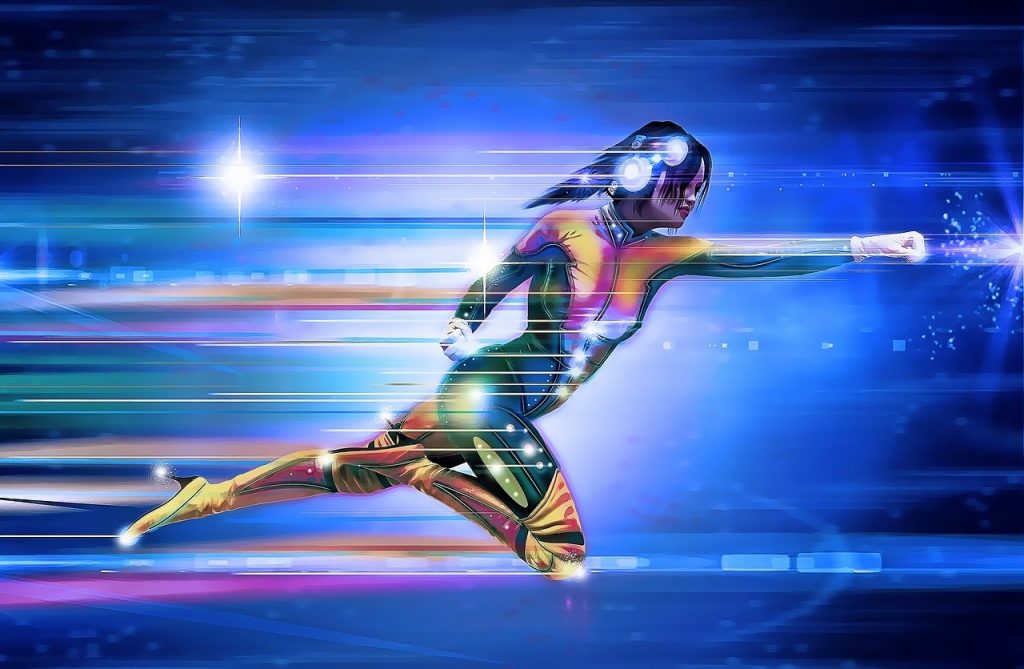Hope for Change in the World
The Philippines is among the countries with the slowest internet speeds in the world, especially in this modern era where many inventions rely on technology. Can the Philippines keep pace with global development?
Currently, the Philippines ranks among the 40 countries with the slowest internet rates globally. It has the lowest quality of internet in Southeast Asia, based on a study by Visual.ly.
Our country is placed 158th out of nearly 200 countries regarding internet quality, as reported by Visual.ly. These figures clearly highlight how slow and weak internet access is in our nation.
On the other hand, the Philippines remains one of the most productive and wealthiest countries due to its rich natural resources and the products it exports.
This situation poses a significant challenge for our country since weak internet connectivity means slower processes when relying on technology.

According to The Guidon, an internet organization, there is still a great chance for internet connectivity in our country to improve, thanks to modern inventions that can enhance our technological innovations.
It is expected that the internet rate in the Philippines will increase by 14.8% this year, and Statista.com reports that by 2028, it could rise by nearly 74.9%, following nine consecutive years of increasing internet rates.
Moreover, Ookla states that the Philippines ranks 42nd among 180 countries for the fastest service and support provided to its users.
The Philippines has made significant progress in improving internet access and speeds, but challenges remain. While urban areas, especially major cities, often enjoy relatively good internet connectivity and a growing number of providers, rural regions frequently experience limited access and slower speeds.
The country has a high rate of social media usage and online engagement, but it still lags behind some Southeast Asian neighbors in terms of overall internet quality and infrastructure.
Issues like connectivity reliability and affordability also persist, affecting users’ overall experience. In recent years, initiatives have been launched to enhance internet services and expand coverage, aiming to bridge the digital divide.
Economy affects Connectivity
In the Philippines, expectations for internet connectivity have transformed significantly over the years. In the early 2000s, access was primarily limited to dial-up connections, characterized by slow speeds and frequent disconnections.
Most users relied on internet cafés for online access, leading to a general expectation of low quality and reliability. This period was marked by limited digital engagement, as internet usage was still in its infancy.
As the 2010s entered, the landscape began to change with the introduction of mobile internet and broadband services. Urban areas experienced a surge in connectivity, leading to greater access for many Filipinos. Users began to expect faster and more reliable connections, and social media platforms became increasingly popular.
This shift highlighted the growing demand for improved internet services, as more people sought to engage online for communication, entertainment, and information.

By the late 2010s, awareness of the digital divide became more pronounced, especially between urban and rural areas. Many users began advocating for better infrastructure and government intervention to enhance connectivity across the country.
Expectations shifted towards a demand for universal access, with a focus on improving service quality in underserved regions. The need for equitable access became a central theme, as more Filipinos recognized the importance of the internet in daily life.
The COVID-19 pandemic in 2020 further accelerated the urgency for reliable internet connectivity. With remote work, online education, and digital services becoming essential, expectations soared for higher speeds and broader coverage.
In response, both the government and private sector increased their efforts to invest in infrastructure improvements. As the digital landscape continues to evolve, there is a growing expectation that the Philippines will enhance its internet services to meet global standards, fostering greater economic and social opportunities for its citizens.
One could argue that the pace of economic growth in our country serves as a significant advantage compared to other nations with slow internet. Thus, there is hope that internet speeds will improve in the coming years.

About the Author
Cahrl Jayson Reyes is a 7-year feature writer who has passion to inspire co-journalists. Currently a feature writer and a publisher of a school publication. [Among Charl’s accolades as of writing is him becoming a Regional Schools Press Conference (RSPC) Qualifier in ScieTech Writing, and Division Schools Press Conference (DSPC) qualifier in Feature Writing.]











